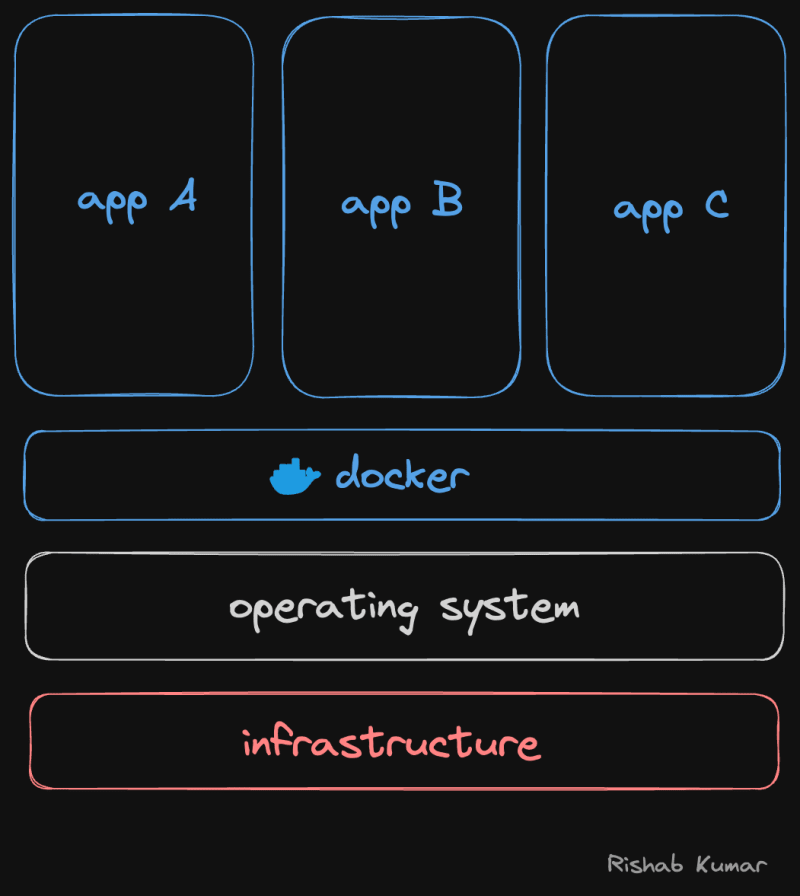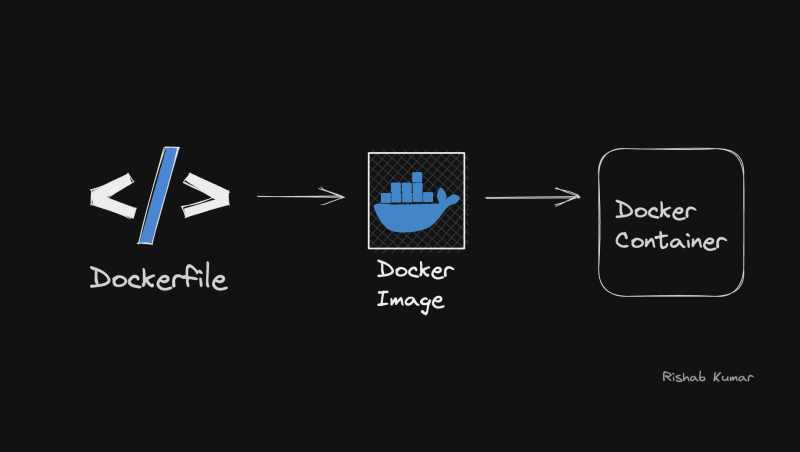Hello, cloud explorers!
Have you ever played with LEGO blocks? If not, you still might know what they are. Those colorful, versatile bricks that let your imagination run wild? Sure, you have! We all love to build castles, robots, or spacecraft with them, right? Now, what if I told you there's something quite similar in the world of computers, and it's called Docker!
Hold up! You might be thinking, "What does Docker have to do with my LEGO blocks?" Well, let's embark on a journey to unravel this mystery!
Introduction
In our day-to-day life, we interact with many applications on our smartphones, tablets, or computers games, educational apps, and a lot more. But have you ever wondered how these applications are created? They're built by software developers using different tools and languages. It's like constructing a LEGO masterpiece, but instead of physical blocks, they use blocks of code!
However, there's a challenge. Just like your LEGO creation might need a specific type of brick, these applications also need certain elements to work properly. When these applications are moved from one place to another (like from a developer's computer to a server in the cloud), they might not work correctly because some essential elements are missing or not compatible. It's like trying to fit your LEGO masterpiece into different rooms with different settings some rooms might not have enough space or the right table for your masterpiece.
This is where Docker, the hero of our story, comes into play!
Understanding Docker
Docker is like a magical toolbox that provides a perfect environment (a room) for your application (LEGO masterpiece) to run. This toolbox is portable and can be carried anywhere. It ensures that no matter where you take it, the application will run just as intended, just like your LEGO masterpiece remains intact inside the box.
This magical toolbox is what we call a Docker Container. In technical terms, a Docker Container is a lightweight, standalone package that includes everything an application needs to run code, runtime, libraries, and system tools. No matter where you move this container, the application will always run without any issues!
Now, Docker also has something called Docker Images. They're like the instruction manual that comes with your LEGO sets, telling you what pieces you need and how to put them together. In the same way, Docker Images provide the blueprint for creating Docker Containers.
Wrapping Up Our Adventure
So there it is, folks! Docker, in simple terms, is a fantastic tool that helps create and deliver software applications conveniently and reliably, just like transporting a LEGO masterpiece safely in a magic toolbox.
Although Docker sounds a bit technical, just remember that even the most complex things can be understood when related to something fun and familiar. Today, it's LEGO blocks and Docker, tomorrow it could be something else!
I am Rishab, feel free to reach out to me @rishabk7 on Twitter or @rishabincloud on IG. Also, I wrote this cheat sheet for Docker that you might find helpful.










Top comments (0)